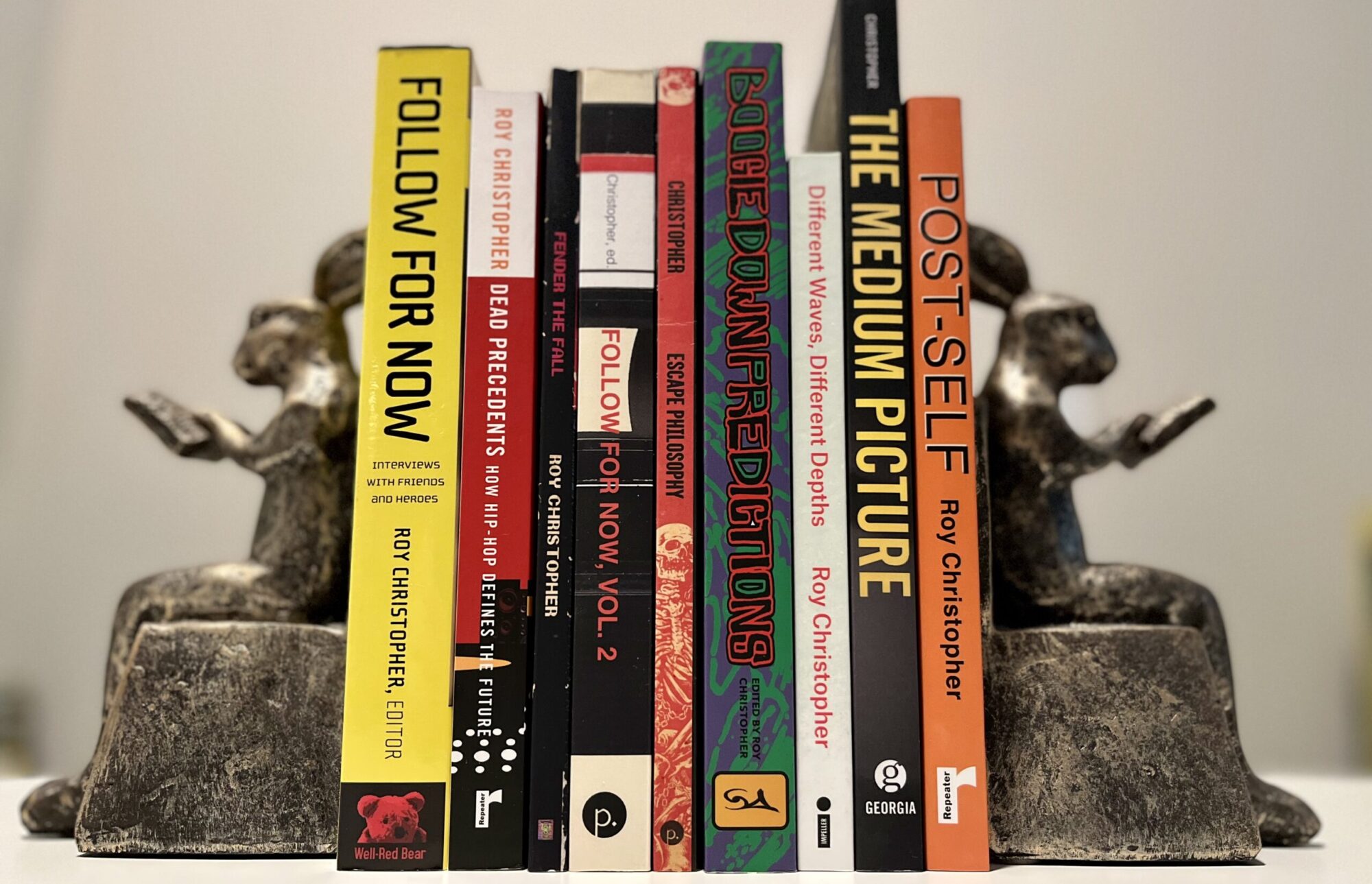Thinking about our own minds often seems so pataphysically impossible as to be useless and silly, but, to paraphrase Steven Johnson (again), trying to understand the brain is trying to understand ourselves. By contrast, trying to expand and enhance it seems much easier. You can expand your mind without really understanding how it happens. There are many ways to make your brain feel bigger, and these three new books provide many steps in that direction.
Upgrade your grey matter because one day it may matter.
— Deltron 3030
 Mindhacker: 60 Tips, Tricks, and Games to Take Your Mind to the Next Level by Ron Hale-Evans and Marty Hale-Evans (Wiley, 2011), the “unofficial sequel” to Ron’s previous book, Mind Performance Hacks: Tips & Tools for Overclocking Your Brain (O’Reilly, 2006; which I mentioned previously). From the sublime to the silly, extensive lists of mental activities, experiments, and games comprise these books, and they’re as fun as they are fertile.
Mindhacker: 60 Tips, Tricks, and Games to Take Your Mind to the Next Level by Ron Hale-Evans and Marty Hale-Evans (Wiley, 2011), the “unofficial sequel” to Ron’s previous book, Mind Performance Hacks: Tips & Tools for Overclocking Your Brain (O’Reilly, 2006; which I mentioned previously). From the sublime to the silly, extensive lists of mental activities, experiments, and games comprise these books, and they’re as fun as they are fertile.
Many of the hacks here take advantage of the fact that the way you see your mind and your world are often radically related, if not often the same thing. What I mean is that a lot of these are not just mental exercises, but tricks for productivity, ways to communicate better, hacks for breaking bad habits, tips for time management, and creative ways to be more creative. It’s not just about the hacks though. Mindhacker is also stocked with other (re)sources: Relevant URLs, books, and articles are listed on every page, along with the stories of the hacks’ origins, and the book’s website has even more, including pieces of code as well as complete programs.
Speaking of programs, Andy Hunt’s Pragmatic Thinking and Learning (Pragmatic Bookshelf, 2008) tackles maximizing the mind from a programmer’s point of view, and it overlaps and complement’s the books mentioned above nicely. Maps, models, recipes, and other scripts and schedules are a part of Hunt’s push, but you don’t have to be code nerd to get plenty out of this book. It has helpful tips for everyone. Chapter four, “Get in Your Right Mind,” even suggests rock climbing, which I regularly use to clear my mind’s cache.
 From the grounded to the grandiose, Supersizing the Mind: Embodiment, Action, and Cognitive Extension by Andy Clark (Oxford University Press, 2011) stretches the mind in multiple manners, also blurring the line between the brain and the world. Clark’s extended mind thesis posits the mind beyond the body… Sometimes. That is, sometimes we perform a Dawkinsian flip, seeing the biosphere as an endless network of DNA regardless of organismal boundaries; sometimes our brains and the brains of others are emphatically embodied. It’s a simple but sizable distinction. Where we draw those lines changes everything about how we see the mind and the world.
From the grounded to the grandiose, Supersizing the Mind: Embodiment, Action, and Cognitive Extension by Andy Clark (Oxford University Press, 2011) stretches the mind in multiple manners, also blurring the line between the brain and the world. Clark’s extended mind thesis posits the mind beyond the body… Sometimes. That is, sometimes we perform a Dawkinsian flip, seeing the biosphere as an endless network of DNA regardless of organismal boundaries; sometimes our brains and the brains of others are emphatically embodied. It’s a simple but sizable distinction. Where we draw those lines changes everything about how we see the mind and the world.
Other than a few minor missteps (e.g., In his conclusion, Clark unfortunately defines the mind as a “mashup,” when really he just means that it’s extremely diverse, infinitely adaptable, and ultimately mysterious), Supersizing the Mind is one of the better books I’ve seen in the neurosciences in a while.
If you want a brain book that’s handy and fun, I definitely recommend Mindhacker and Pragmatic Thinking and Learning. Those two, along with Dan Pink‘s book, A Whole New Mind (Riverhead, 2006), will get you a long way toward optimizing your cognitive output. If you want something a bit more theoretical, check out Supersizing the Mind. Either way, get to mining and minding your mind. It is still legal.



 Even though
Even though ![Birds and bicycles [drawing by Roy Christopher, 08/06/2007]](http://roychristopher.com/wp-content/uploads/dinosaurs-and-bicycles.jpg)











 The Action Books come with durable rubbery covers and muted but colorful to-do lists. The back of every page is ruled with dots, which are subtly guiding without being as intrusive as lines or as restrictive as grids. They’re perfect for notes, sketches, diagrams, flowcharts, mindmaps, or any combination thereof. My
The Action Books come with durable rubbery covers and muted but colorful to-do lists. The back of every page is ruled with dots, which are subtly guiding without being as intrusive as lines or as restrictive as grids. They’re perfect for notes, sketches, diagrams, flowcharts, mindmaps, or any combination thereof. My 



